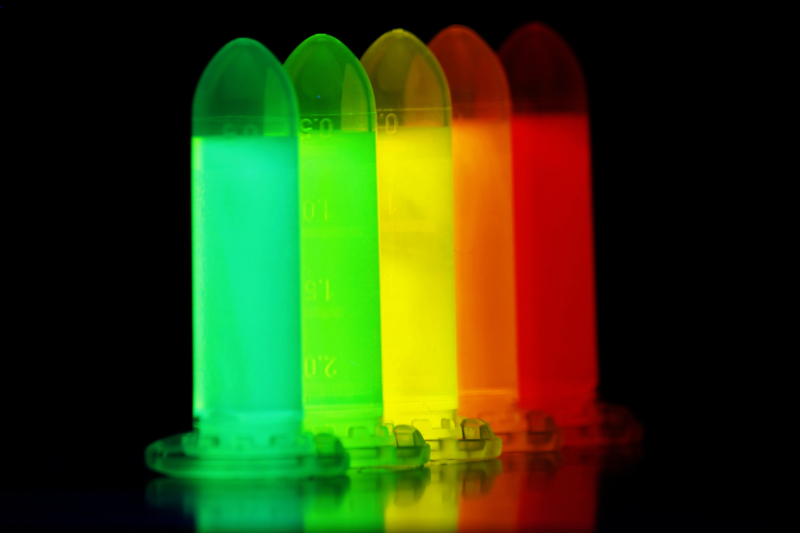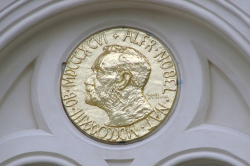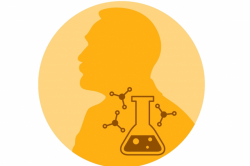The Nobel Assembly cites "the discovery and synthesis of quantum dots, nanoparticles so tiny that their size determines their properties” as ground for the award. Because of their nanoscale size, the dots display unique quantum effects, resulting in enhanced optical properties such as optical absorption and emission, redox potential (it affects the ability of a chemical substance to gain electrons), melting point, and phase transitions. In other words, by fine-tuning their size, scientists can produce quantum dots with specific properties fit, for instance, for medical monitors and biosensors.
In 1981, Alexei Ekimov first synthesized copper chlorine quantum dots in a glass matrix, while working at the Vavilov State Optical Institute in St. Petersburg. The scientist discovered that the size of a particle influenced the glass's light absorption during his investigation.
Louis Brus demonstrated “size-dependent quantum effects in particles floating freely in a fluid” at about the same time. And in 1993, Moungi Bawendi, as stated by the Nobel Assembly, “revolutionized the chemical production of quantum dots, resulting in almost perfect particles" – they were now fit for use in applied solutions.
Alexander Baranov, a professor at ITMO’s International Research and Educational Center for Physics of Nanostructures, is well familiar with Ekimov’s research activities during his stay in St. Petersburg. The professor pointed out that the invention of quantum dots was made possible by contributions of Soviet and Russian physicists Alexei and Alexander Efros and Aleksey Onishchenko. The latter created the first quantum dots with Alexei Ekimov and became a co-author on numerous of his significant studies, while the Efros brothers established the theoretical groundwork for these experiments.
“I believe it’s high time Alexei Ekimov received the award. He competed for the prize in the early 2000s with another physicist, Zhores Alferov, but in the end, 20 years later, his efforts were acknowledged – which makes me extremely happy,” shares Alexander Baranov, a professor at ITMO’s International Research and Educational Center for Physics of Nanostructures.
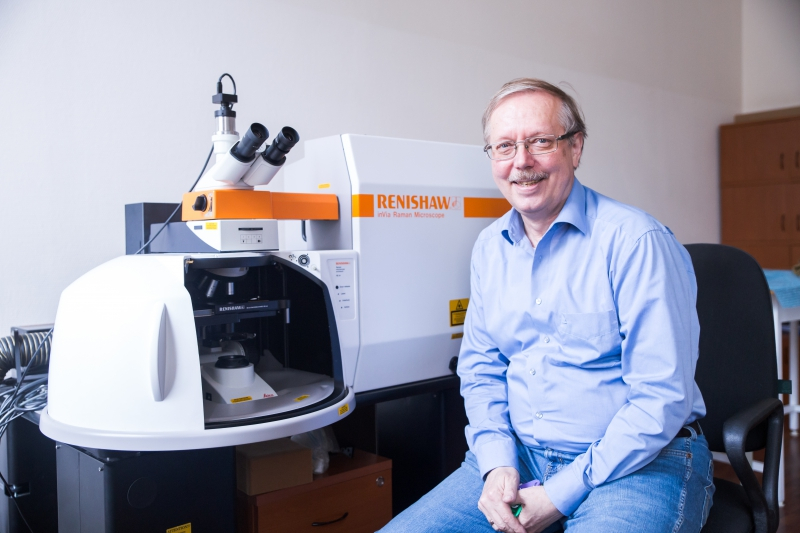
Aleksey Baranov. Credit: ITMO.NEWS
Nowadays, quantum dots are ubiquitous in LED lamps, computer monitors, and QLED TVs, as well as technologies for fluorescence microscopy of biological tissues.
Quantum dots are actively studied at ITMO University. The university's researchers are working to create ultrathin colloidal semiconductor nanoplates from lead chalcogenides and analyze their optical properties in the near-infrared spectrum, as mentioned by Elena Ushakova, a senior researcher at ITMO's Center of Optical Information Technologies. These nanoplates have the potential to improve photodetectors and light sources in the near-infrared spectral region.
Additionally, ITMO researchers are synthesizing alloy nanoparticles made of AgInS, CuInS, and other materials, which have a broad photoluminescence band that can be regulated across the whole visible range. They also do not contain heavy metals, unlike traditional cadmium-based quantum dots, and may thus be employed as luminous labels in biology and sensing. Furthermore, they can be used to create composites for theranostics, such as reactive oxygen species; these composites have the potential to be used in cancer treatment.
ITMO researchers continue to expand on Ekimov's early 1980s accomplishments. The current research is supervised by Nikolay Nikonorov, a professor at ITMO’s Research and Educational Center for Photonics and Optoinformatics, who, like Alexander Baranov, worked together with Alexei Ekimov at the Vavilov State Optical Institute and applied the models proposed by the Nobel Prize laureate in his paper.
“Quantum dots primarily work as phosphors and color filters, which allow for control of light absorption and luminescence across a wide spectral range depending on their size. Glass-made quantum dots are resistant to external stimuli, particularly the environment. That means they can serve as an “perpetual” phosphor or color filter. Glass quantum dots can be utilized in conjunction with LEDs in displays, lighting, and agricultural technologies. For one, they can aid in the production of phosphors with a desired color scheme favorable for plant growth,” explains Nikolay Nikonorov.
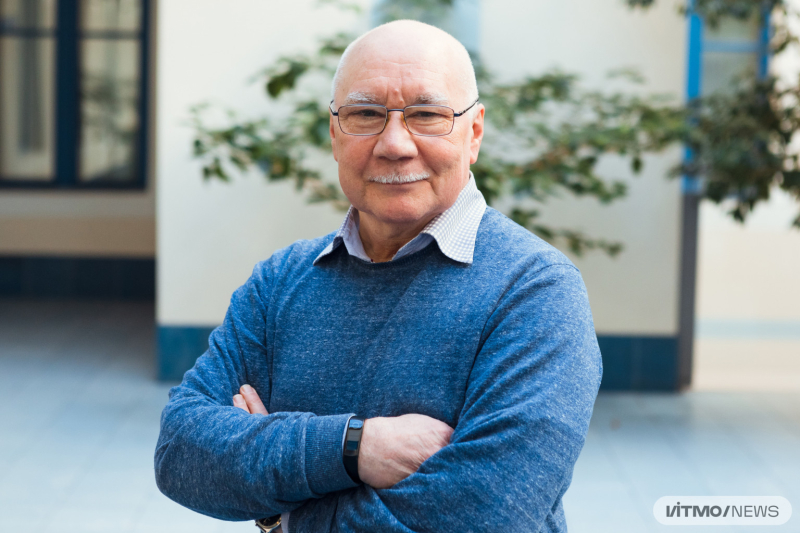
Nikolay Nikonorov. Photo by Dmitry Grigoryev / ITMO.NEWS
In Alexander Baranov’s opinion, chiral quantum dots are exceptionally popular today. They display symmetry like that of many biological objects – and may be able to boost the efficacy of antibiotics.
“Alternatively, quantum dots, along with other nanoparticles or organic molecules, can be one of the components of hybrid structures. This way, specialists will be able to generate novel materials with unique properties for use in therapy and diagnostics of socially significant diseases including cancer,” noted Alexander Baranov.
